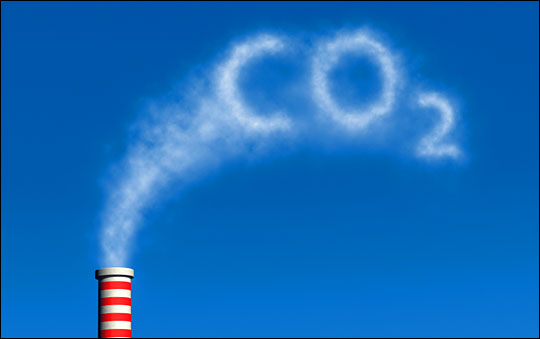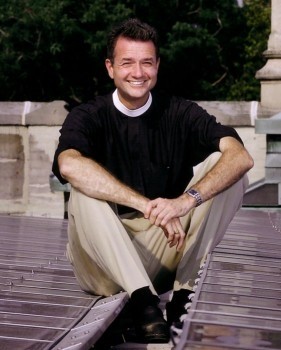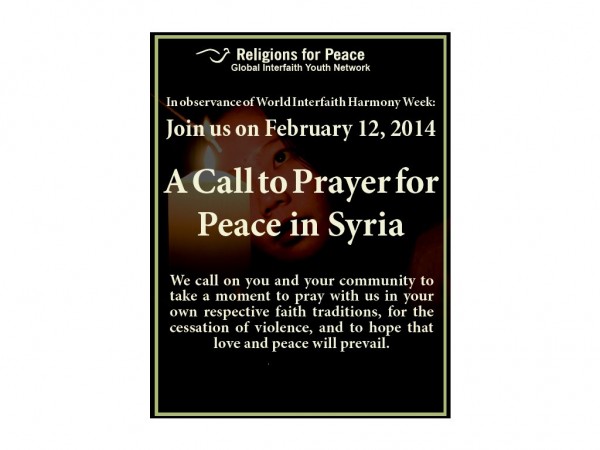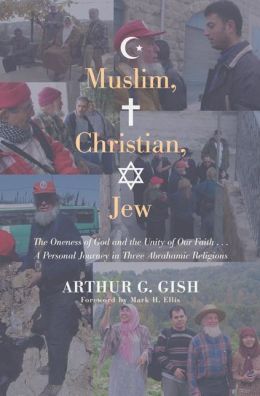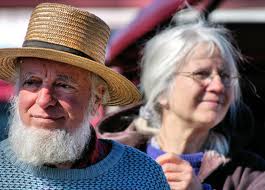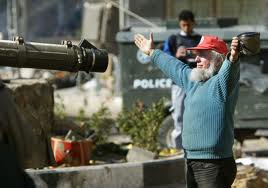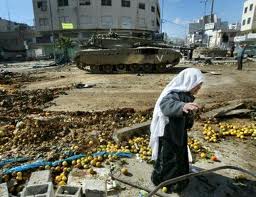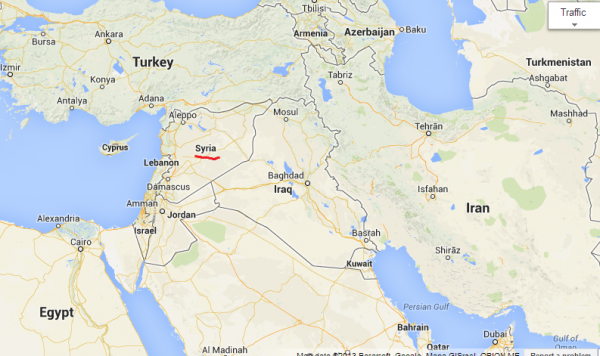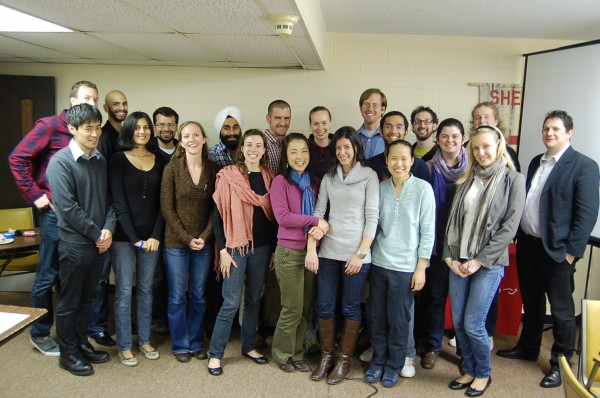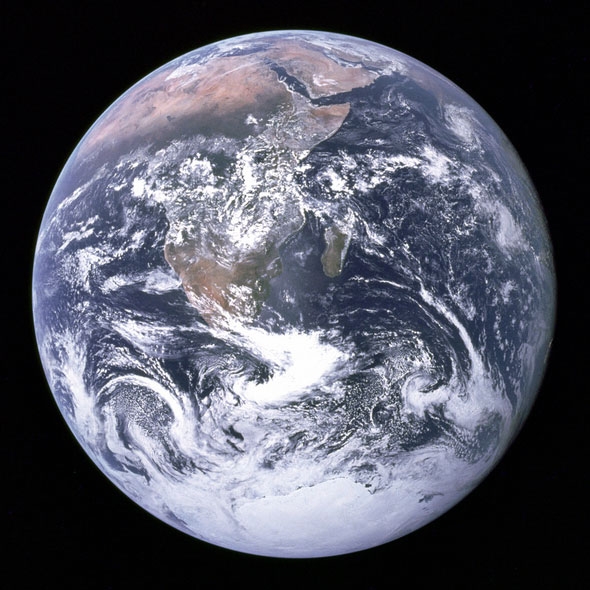Today I happened to scroll through my department’s list of current graduate students online. I was impressed and inspired by the favorite quote each person contributed, so I compiled them and here they are for you to enjoy!!! [Kudos to anyone who finds a duplicate quote – there is one pair!]
Intelligence is a reflection of how well you function in your environment. — Issac Asimov
If success or failure of this planet and of human beings depended on how I am and what I do… How would I be? What would I do? — Buckminster Fuller
The minute you settled for less than you deserved, you get even less than you settled for. — Maureen Dowd
We do not inherit the Earth from our ancestors, we borrow it from our children. — Native American Proverb
If we knew what it was we were doing, it would not be called research, would it? — Einstein
Education is what remains after one has forgotten what one has learned in school. — Albert Einstein
Know the rules well, so you know when to break them. — Gandhi
Imagination will often carry us to worlds that never were, but without it we go nowhere. — Carl Sagan
If I fret over tomorrow, I’ll have little joy today.
The mind, once expanded to the dimensions of larger ideas, never returns to its original size. — Oliver Wendell Holmes
Don’t ever take a fence down until you know the reason it was put up. — G. K. Chesterton
Climb the mountains and get their good tidings. Nature’s peace will flow into you as sunshine flows into trees. The winds will blow their own freshness into you, and the storms their energy, while cares will drop away from you like the leaves of Autumn. — John Muir
Never doubt that a small group of thoughtful, committed citizens can change the world. Indeed, it is the only thing that ever has. — Margaret Mead
Start with knowing yourself; as you see yourself more clearly, you will know where you want to go in life. Then learn about where you want to go, and pretty soon you’ll figure out how to get there.
Thousands have lived without love, not one without water — W.H. Auden
Grant me the serenity to accept things I cannot change, courage to change things I can, and wisdom to know the difference.
Our imagination is stretched to the utmost, not, as in fiction, to imagine things which are not really there, but just to comprehend those things which are there. — Richard Feynman
They who know the truth are not equal to those who love it, and they who love it are not equal to those who delight in it.
Water does not resist. Water flows. When you plunge your hand into it, all you feel is a caress. Water is not a solid wall, it will not stop you. But water always goes where it wants to go, and nothing in the end can stand against it. Water is patient. Dripping water wears away a stone. Remember that, my child. Remember you are half water. If you can’t go through an obstacle, go around it. Water does. — Margaret Atwood, The Penelopiad
Wherever you go, there you are.
I do not know what I may appear to the world; but to myself I seem to have been only like a boy playing on the seashore, and diverting myself in now and then finding of a smoother pebble or a prettier shell than ordinary, whilst the great ocean of truth lay all undiscovered before me. — Sir Isaac Newton
We abuse land because we regard it as a commodity belonging to us. When we see land as a community to which we belong, we may begin to use it with love and respect. — Aldo Leopold
If you want to make the world a better place, take a look at yourself and then make a change. — Michael Jackson
I feel more confident than ever that the power to save the planet rests with the individual consumer. — Denis Hayes
Justice is what love looks like in public. — Dr. Cornel West
Forget the past. — Nelson Mandela
If you want to improve, be content to be thought foolish and stupid. — Epictetus
No man, for any considerable period, can wear one face to himself and another to the multitude, without finally getting bewildered as to which may be the true. — Nathaniel Hawthorne, The Scarlet Letter
Do or do not… there is no try.
Aim for the stars, you might land on the moon… — High school chemistry teacher
If they give you lined paper, write the other way. — Juan Ramón Jiménez
If we surrendered to Earth’s intelligence we could rise up rooted, like trees. — Rainer Maria Rilke
It is our choices that show who we truly are, far more than our abilities. — Albus Dumbledore
It loved to happen. — Marcus Aurelius
Imagination will often carry us to worlds that never were. But without it we go nowhere. — Carl Sagan
To laugh often and much; To win the respect of intelligent people and the affection of children, To leave the world a better place than what I’ve found… To know even one life has breathed easier Because I have lived…this is to have succeeded. — Ralph Waldo Emerson
Surround yourself with people who take their work seriously, but not themselves, those who work hard and play hard. — Colin Powell
He who stands on tip–toe, does not stand firm; he who takes the longest strides, does not walk the fastest. — Lao Tzu
What a wealth of wisdom and insight!!! I’m honored to have such friends and colleagues!


